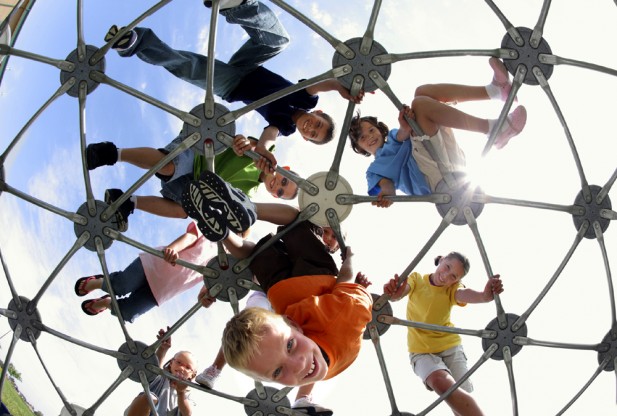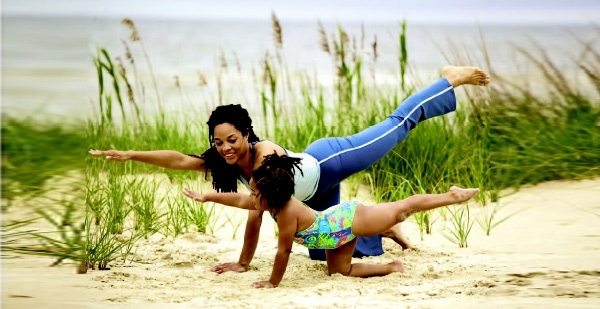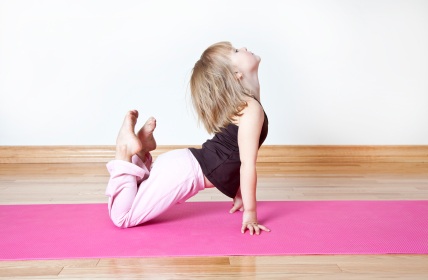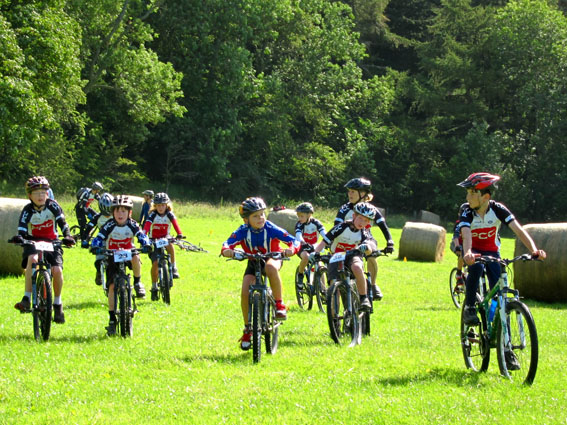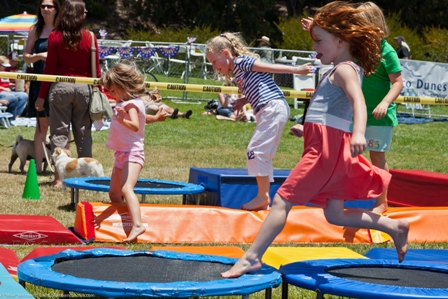
Children love video games, don’t they? Research has shown that children spend more than 14 hours a day in front of a screen based device. More than 14 hours a day! That’s too much. They are not even supposed to own a screen based device at a young age. In this post, we will explore the alternative ways for recreation that does not involve the unhealthy activities that lead your children towards sedentary lifestyle that ultimately brings forth fatal diseases.
Know your Child Better
Children have myriad interests, but with video games leading them to the abyss of sedentary behavior, it is impossible to let those interests flourish. So, first things first, know your child’s interest and figure out a way to use a creative way for recreation. For example, if your child is drawn to arts and paintings, then plan his recreation around things that introduce him to the arts. The idea is to get your kid off the couch and moving. Most parents find it convenient to let their kids play with convenience toys that include tablets and video games.

Be Ready for the Inconvenience
Many parents believe that if a kid is in front of TV, he is safe. Outdoor playground equipment poses serious injury risks that parents want to avoid. If you seriously care about your child’s well being, then you will have to be prepared to find the time to look after your kids. Keep in mind that your nanny will not look after your children like you would do, so do not expect your kids to be safe in the house while the nanny is around. The most important thing is to find the time for your children.
Unfortunately, there is no easy way to do this; you want your children to have a healthy activity without getting hurt, you will have to find ways to involve with your kids.

Get Fit as a Family
There are hundreds of games that you can indulge in as a family. You don’t necessarily have to visit a zoo or a community park. There are various alternative ways to get your kids physically fit without spending a fortune on commercial playground equipment or any other similar play structures that offer nothing but a repetitive structure that tires children. It is, however, true that playground equipment and playgrounds offer innumerable opportunities for kids for active play, but they sometimes enervate children. Children need unique, vigorous activities that can do more than just getting their heart racing.
To get fit as a family, start at home. You can reserve a room for physical activity and bring your gym activities at home. Children can work out with you. In addition, children can also use structured activity toys to get their necessary work out while you engage with bench press.
Moreover, household chores are a great way to get the whole family engage in activities that offer essential exercise that the young bodies need.




